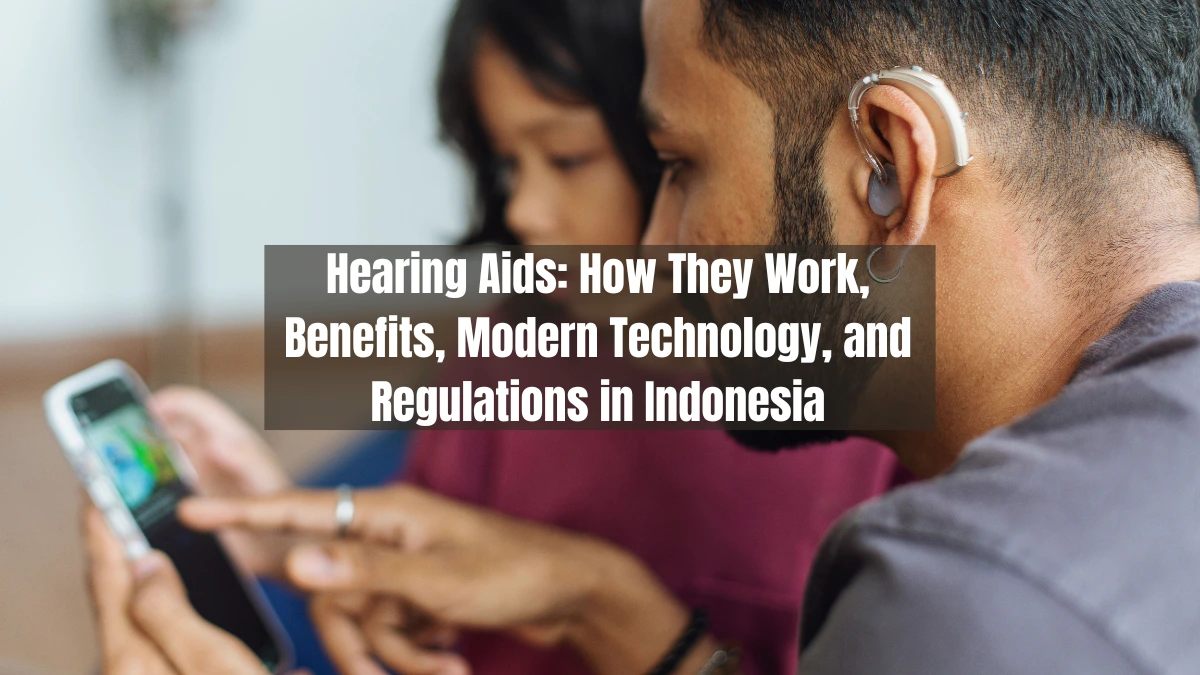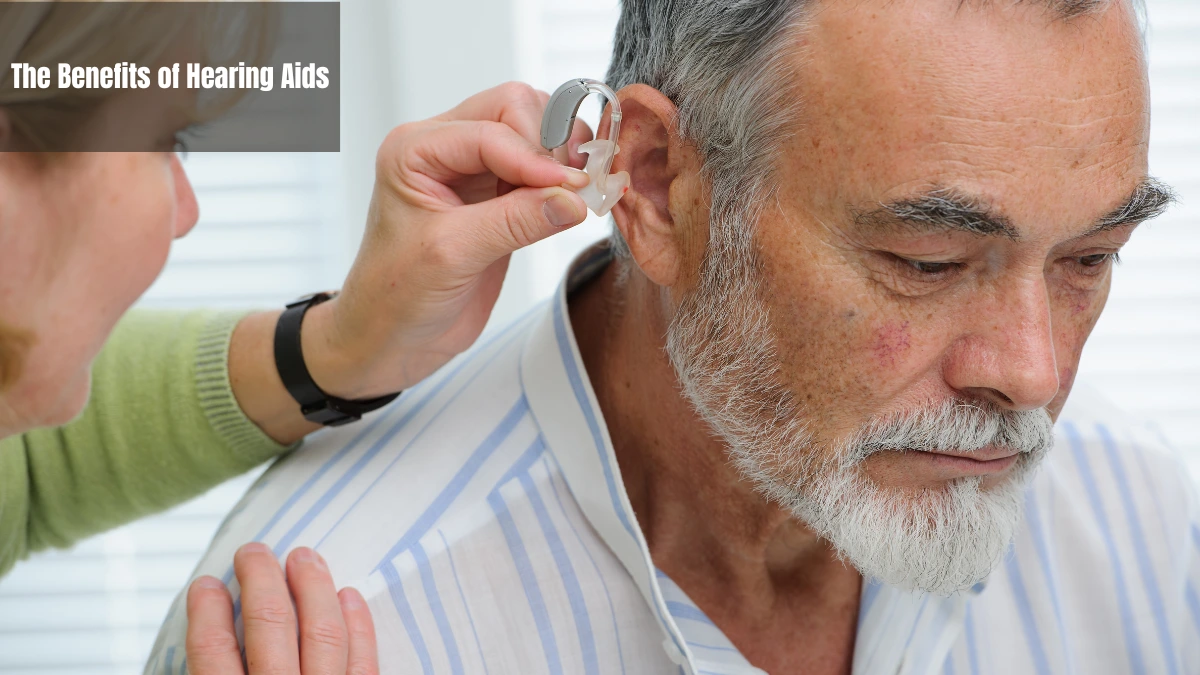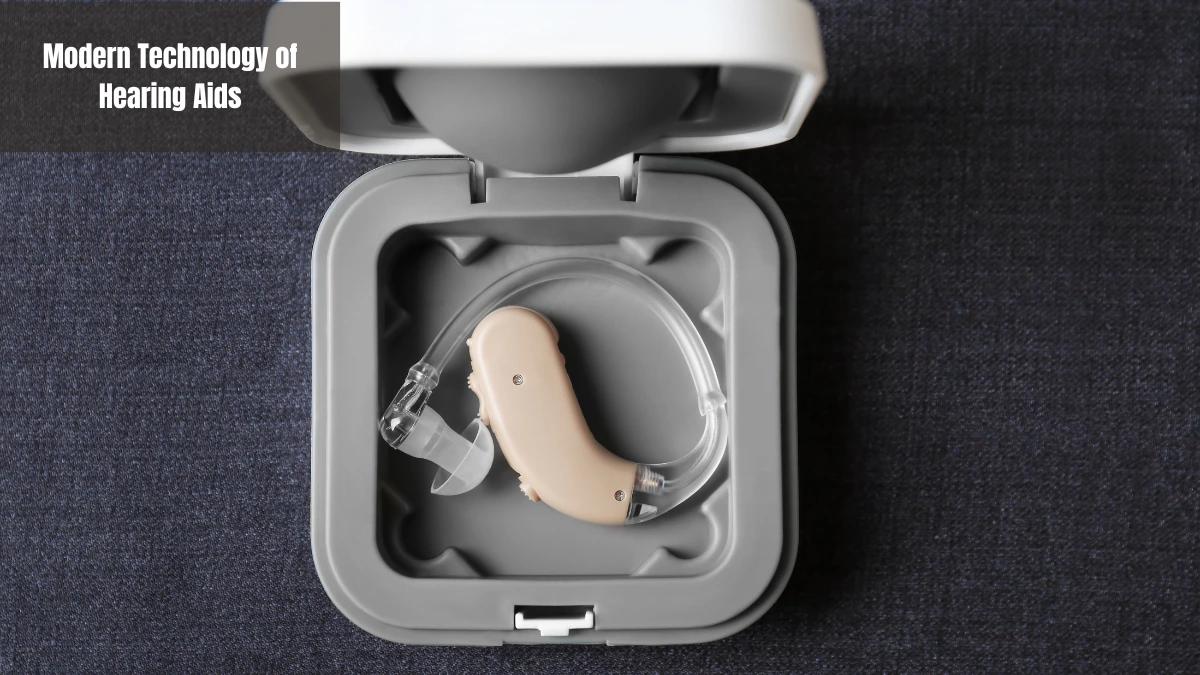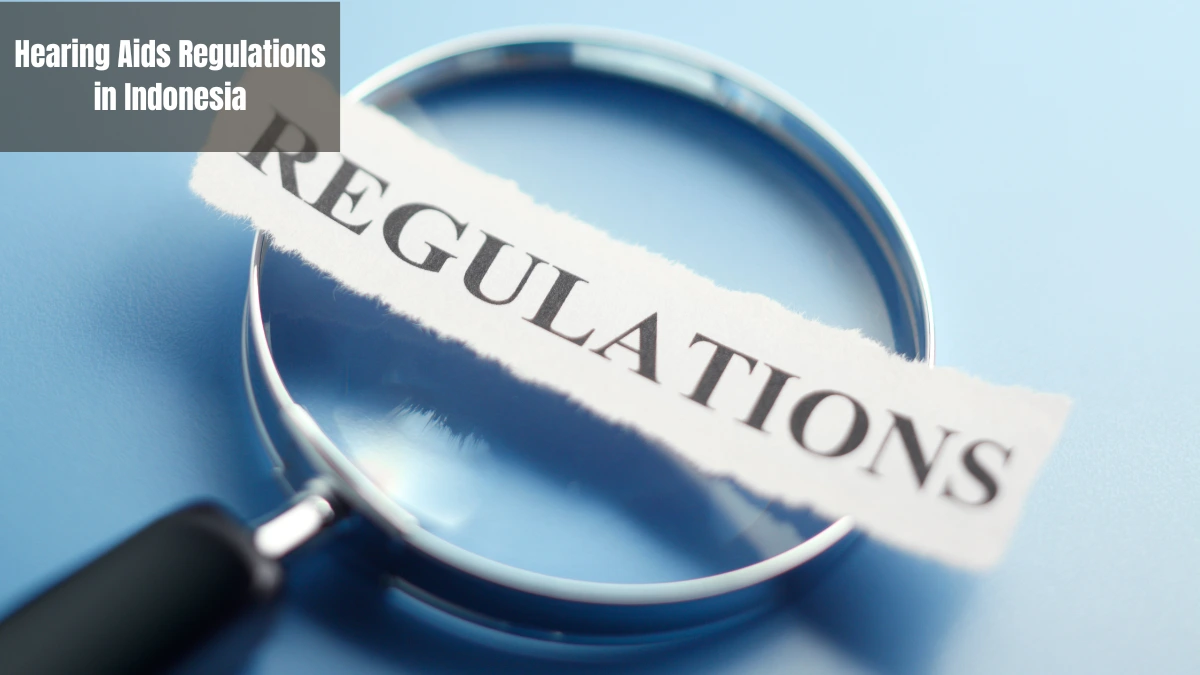Hearing aids are a technology that has become a lifesaver for many people. They are not only widely used by elderly people with declining hearing, but also by younger people who suffer from hearing loss.
Nowadays, hearing aids not only help to clarify sound, but with the support of modern technology, they can also be connected to smartphones. This gives users full control at their fingertips.
Curious about the modern technological advancements in hearing aids, how they work, and their benefits beyond simply amplifying sound? This article will delve into these topics in detail. Additionally, with the modern technology supporting these devices, some regulations must be followed for their distribution in Indonesia.
What are Hearing Aids?

Hearing aids are small electronic devices that resemble earphones. However, these devices are not used to listen to audio from other devices, but are designed to amplify sound as an aid for those with hearing impairments.
These devices are extremely helpful in providing better hearing, facilitating communication, and enabling individuals to carry out their daily activities effectively and optimally.
How Do Hearing Aids Work?
To support their function of amplifying sound, hearing aids are equipped with four basic components, namely a microphone, an amplifier, a speaker (receiver), and a battery. The way they work is fairly simple: the microphone picks up sounds from your surroundings and converts them into electrical signals.
The signal is then captured by the amplifier to amplify the captured sound. The amplified signal is sent to the speaker so that it can be received by your ears. All of these functions are powered by the battery.
The Benefits of Hearing Aids

Hearing aids do have the main benefit of helping to clarify sound for those with hearing loss. However, their benefits go beyond that. Here are some other key benefits:
Improved hearing ability
Hearing aids are able to pick up many sounds around you, whether they are clearly audible or not. This improves your hearing ability because you can hear sounds that you may have missed before. This means you can hear well regardless of whether the environment is noisy or quiet.
Reducing hearing strain
With modern technology, digital hearing aids can select specific sounds, reduce noise, and even automatically adjust settings as needed. This helps reduce the strain on your hearing from unnecessary sounds.
Improving quality of life
Improved hearing certainly makes daily activities run smoothly and optimally. You can communicate well with those around you without difficulty in understanding what the other person is saying. By participating optimally in various aspects of social life, your quality of life will improve.
Providing connectivity
Modern hearing aids are equipped with Bluetooth technology that allows you to connect directly to various other devices. You can connect directly to your cell phone, television, or laptop to receive sound directly. So you can listen to music, watch movies, and even make phone calls directly from your hearing aid.
Modern Technology of Hearing Aids

Modern hearing aids have features that further enhance your productivity. Here are some of the modern features you can find:
- Bluetooth: Allows direct connection to smartphones, TVs, or laptops.
- Non-Bluetooth wireless connection (180–200 MHz): This technology allows hearing aids to pick up sound from a distance, without being disturbed by surrounding noise.
- Supporting applications: Enables volume adjustment, sound profile settings, or battery level monitoring directly from your phone.
- Automatic settings: Reduce background noise in crowded environments, allowing the device to adapt to its surroundings.
- Rechargeable batteries: More practical and environmentally friendly, eliminating the need for frequent battery replacements.
Hearing Aids Regulations in Indonesia

The hearing aids utilize Bluetooth technology that operates within a specific frequency spectrum. In Indonesia, any Bluetooth-based wireless device is required to have a DJID (Directorate General of Digital Infrastructure) under the Ministry of Communication and Digital (KOMDIGI).
Hearing aid regulation is based on KEPMEN No. 260 Tahun 2024, which requires all radio frequency-based devices to meet specific technical standards before being sold in the country.
The DJID certification ensures that the product meets government safety and quality regulations and does not interfere with other communication devices. The certification process involves technical testing, such as frequency adjustments, safety checks, and compatibility with the surrounding environment.
Once the tests are completed, products that pass are listed in a Test Result Report, which confirms that the product is safe and meets the requirements for sale in Indonesia. This report reassures customers that the product meets technical standards and is secure.
For companies wanting to sell hearing aids in Indonesia, Type Approval Certification Services for ICT Products are available to assist with this process. This service includes preparing technical and legal documents, conducting required testing, ensuring compliance with regulations, helping companies streamline the certification process, and giving consumers confidence in certified products.